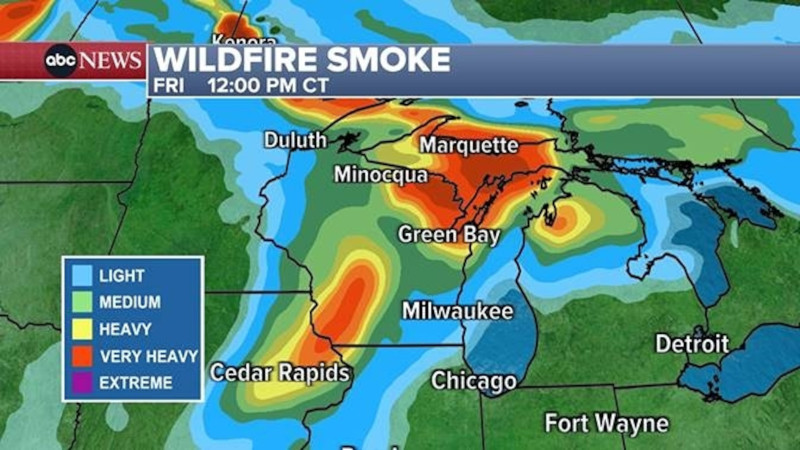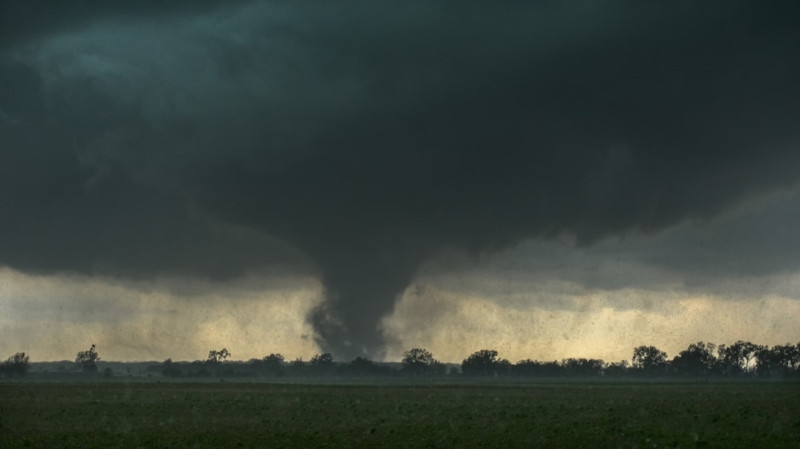Smoke from nearly 200 active Canadian wildfires is sweeping across North America, triggering air quality alerts in multiple U.S. states and forcing more than 25,000 Canadians to evacuate in recent days The 2025 wildfire season is off to an intense start, with fires already scorching nearly,000 square kilometers—making it the second-worst early season on record, surpassed only by 2023.
Air quality has deteriorated to "unhealthy" levels in parts of Minnesota, Wisconsin, Iowa, Illinois, Michigan, and Indiana, with the thickest smoke concentrated near the U.S.-Canadian border The Air Quality Index warns that sensitive groups—including children, older adults, and people with heart or lung conditions—should avoid outdoor activities, while the general population is advised to limit prolonged exertion outdoors.
Forecast maps show the smoke plume shifting eastward, with visible haze expected as far south as Florida and as far east as Pennsylvania and West Virginia, though not all regions will experience significant air quality impacts In the Philadelphia area, for example, smoke is expected to be visible but not hazardous.
Experts attribute the severity of this year’s fires to a combination of human activity and climate-driven hot, dry conditions, which are expected to persist into July and August across central and western Canada The situation remains dynamic, with ongoing smoke forecasts and air quality updates available for those in affected areas.



